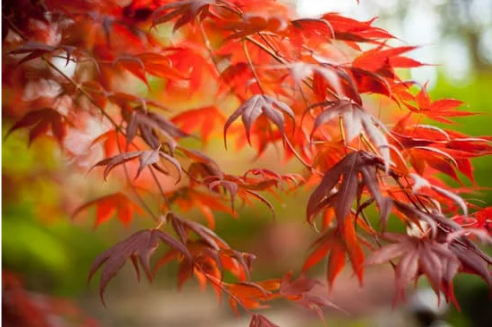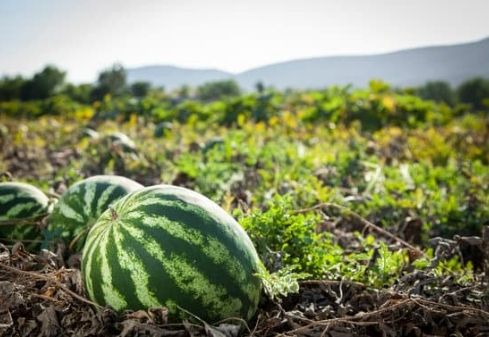A 4’ black rat snake had taken up residence under my front door landing. Put “Snake Mace”
down,
“Ole, Johnny no-shoulders” went on his way, elsewhere.
Gone
Hey James thanks so much for your review! We are glad to hear the snake MACE has moved Mr. Johnny along!
I bought the first bag about three weeks, to a month ago. I put down the first application. It did cut down on the tunnels in the middle of my yard. But I still had some tunnels along the edge of the driveway. So I ordered another bag of your mole/vole eliminator. I put a heavy concentration on the tunnels along the driveway area. It has been about a week now, and no new tunnels so far. I am absolutely ecstatic! I wanted so bad to reclaim my lawn, so that I could start to reseed my lawn successfully again. My yard is starting to look like a lawn again, instead of a mine field. I am thoroughly satisfied!
Great Product! Great Service! Fast Delivery!
Cat MACE Cat Repellent and Training Tool - Spray or Concentrate
This is the only product that I have used that is actually protecting my plants. I am now seeing plants that I planted years ago but have been eaten down for years. This product is making me so happy. I have been sharing this with my gardening friends.
Rabbit Mace exceeded my expectations! I sprayed the petunias and have not had rabbits munching on them for over a week. Highly recommend this products
Doing the application as instructed seems to be working so far. I’ve used this company for other repellents for a few years now and very satisfied!
Cat MACE Granular Cat Repellent and Training Tool









